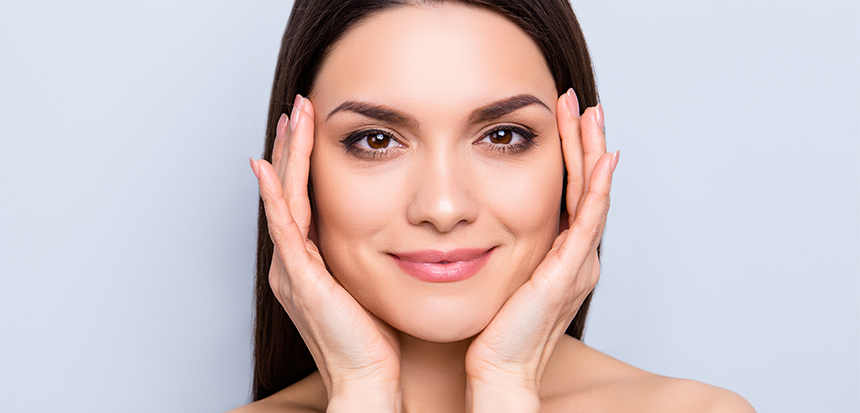
Skin rejuvenation procedures are aesthetic treatments aimed at reducing the signs of aging, evening out skin tone, and achieving a more youthful and refreshed appearance. These procedures encompass various methods used to diminish wrinkles, sagging, spots, and other aging effects on the skin.
Skin rejuvenation procedures are generally suitable for individuals who feel the loss of youthfulness and freshness in their skin, have fine lines and wrinkles, and experience uneven skin tone. However, since every individual's skin structure is different, the appropriate procedure should be determined by a specialist.
Skin rejuvenation procedures can be categorized into two main groups: non-surgical and surgical. Non-surgical procedures include injections of botulinum toxin (Botox), dermal fillers, laser therapies, and chemical peels. Surgical procedures encompass more invasive treatments like facelifts and eyelid surgery.
The risks associated with skin rejuvenation procedures can vary depending on the procedure and the individual's skin structure. Non-surgical procedures generally carry fewer risks, while surgical procedures may involve more risks. Potential side effects include infection, allergic reactions, or overuse of fillers or botulinum toxin. It's important to have these procedures performed by a qualified physician, taking the individual's medical history into account.
The recovery time depends on the type of procedure and the individual's skin structure. Non-surgical procedures usually have a quicker recovery period, while surgical procedures may require a longer healing process. Mild redness, swelling, or peeling are normal short-term side effects. Long-term results typically start becoming visible within a few weeks.
Please note that everyone's skin structure is unique, and it's advisable to consult with a dermatologist or cosmetic surgeon for appropriate procedure selection.
Post-procedure care can vary depending on the type of procedure performed, but generally includes protecting the skin from the sun, using recommended skincare products, and keeping the skin clean and moisturized. Adhering to the doctor's recommendations after the procedure is essential.